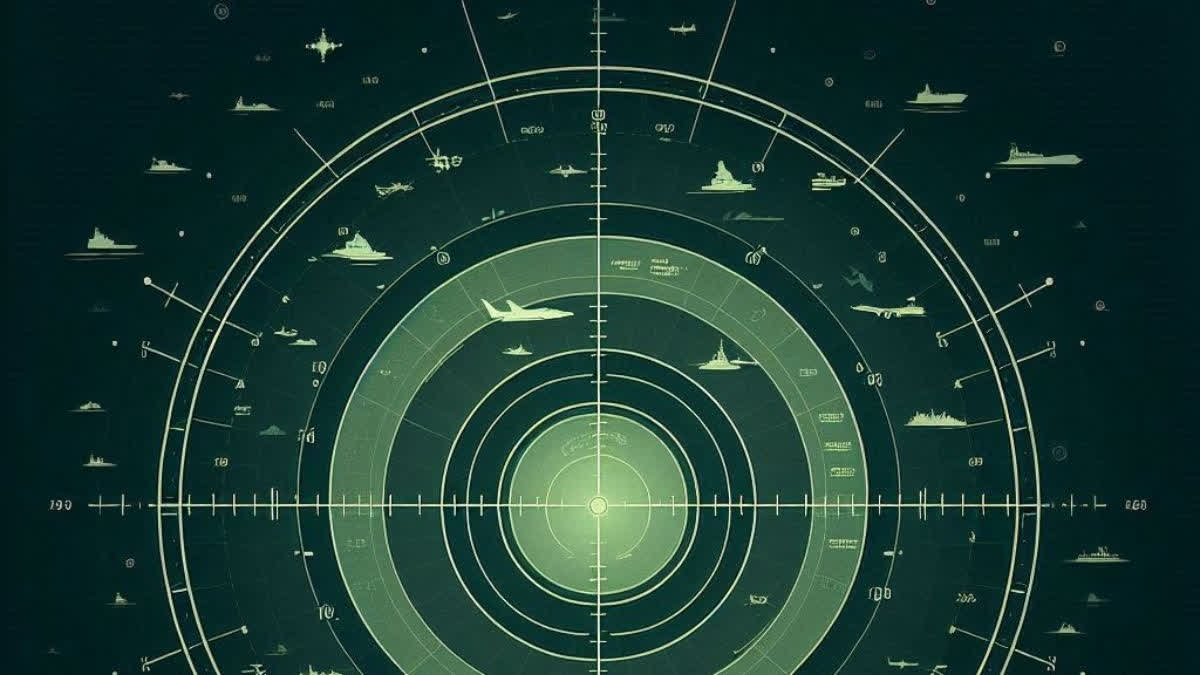Naval Physicist Highlights Importance of Radars in Indian Defense Strategy

Bengaluru: Radars play a vital role in detecting and neutralizing enemy targets at an early stage, according to Dr D Seshagiri, Director of Naval Physical & Oceanographic Laboratory (NPOL), DRDO.
Speaking on the significance of airborne radars during his 35th Jawaharlal Nehru Memorial Lecture titled "Airborne Radars- Indian Scenario" at the Central Power Research Institute (CPRI) yesterday, he emphasized the importance of radar technology not just in defense but also in other fields such as weather prediction and agriculture.
Developing and Indigenizing Airborne Radars
The lecture took a deep dive into the development journey of airborne radars in India. He stated that only a few countries have achieved this, due to technological complexities. The country has succeeded in developing surveillance radars for the Indian Air Force (IAF) and integrating primary radars for Airborne Early Warning and Control Systems.
Rising Star: UTTAM Radar
Dr Seshagiri announced a significant development - India's fire control radar for the TEJAS Light Combat Aircraft (LCA), dubbed the UTTAM Radar. The multi-mode, multi-target tracking active electronically scanned array-based radar allows success in fighter platforms and pave the way to integrate it with unmanned aerial vehicles and maritime patrol aircraft.
Advancements in Synthetic Aperture Radar
Talking about significant developments in radar technology - Dr Seshagiri emphasized synthetic aperture radar (SAR), which provides high spatial resolution. This enables small objects on Earth's surface detection with remarkable accuracy. These modern systems can detect as few 1metres x 1 metres, and even neutralise threats.
Advancements Over Decades
Over the years, Indian radars technology evolved rapidly. Today India owns cutting-edge radars that rival global foes such as Israel, from who the country used to take imports before this era.
India's First Major Radar: INDIRA-I He highlighted the successful 2D mobile radar named INDIRA-I with a range of 50km designed by DRDO which was created for tactical surveillance and low-level target detection. Moreover, India's latest Airborne early warning & control systems enhanced by radars made its mark in air and sea surveillance.
Significance of Radars in Modern Defense
He concluded that Indian airborne radars are indispensable for detecting and tracking targets at long distances, providing early warnings, guiding fighter jets, and surface-to-air missiles. With advanced capabilities these enable effective control over large areas.
